Summary
The river is known for its clear water and scenic surroundings, making it a great place to spend a day on the water.
Trout fishing is particularly prevalent in the Hiwassee River, with rainbow, brown, and brook trout all present in the river. For smallmouth bass, the best fishing spots are typically found in the lower section of the river.
Aside from fishing, there are many other activities to enjoy in the area, including hiking, camping, and kayaking. The Hiwassee Wildlife Refuge and Cherokee National Forest are both nearby, offering ample opportunities for outdoor recreation.
When it comes to fishing tips, anglers should focus on using small, lightweight lures and flies. The river can be quite shallow in some areas, so it's important to pay attention to water depth and structure.
The best time of year to visit the Hiwassee River for fishing is during the fall and winter months, when water levels are typically lower and fish are more active. The average temperatures during this time of year range from the mid-40s to the mid-60s, making it a comfortable time to be out on the water.
Weather Forecast
Nearby Streamflow Levels
 Oostanaula Creek Near Sanford
Oostanaula Creek Near Sanford
|
30cfs |
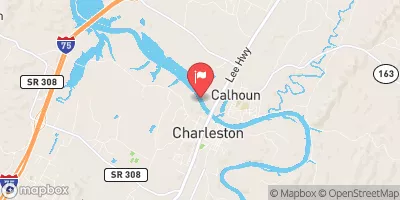 Hiwassee River At Charleston
Hiwassee River At Charleston
|
10400cfs |
 Tellico River At Tellico Plains
Tellico River At Tellico Plains
|
98cfs |
 Ocoee River At Copperhill
Ocoee River At Copperhill
|
259cfs |
 Mill Creek Near Crandall
Mill Creek Near Crandall
|
3cfs |
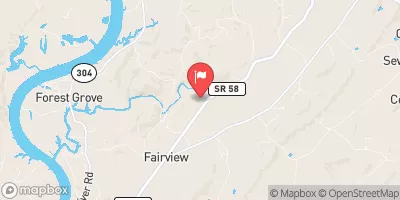 Sewee Creek Near Decatur
Sewee Creek Near Decatur
|
19cfs |
Angling Safety Guidelines
Check local fishing rules, seasons, size limits, and license requirements to ensure legal and sustainable angling.
Handle Fish Responsibly
Use wet hands, minimize air exposure, and release fish gently to improve survival rates when practicing catch-and-release.
Choose the Right Gear
Match your rod, line, and tackle to the species and conditions to increase success and reduce unnecessary harm to fish.
Respect the Waterway
Avoid disturbing habitat, prevent bank erosion, and keep a safe distance from spawning areas to protect ecosystems.
Keep It Clean
Pack out all line, hooks, bait containers, and trash—discarded gear can injure wildlife and degrade waterways.
Related Links
Area Campgrounds
| Location | Reservations | Toilets |
|---|---|---|
 Quinn Springs Rec Area
Quinn Springs Rec Area
|
||
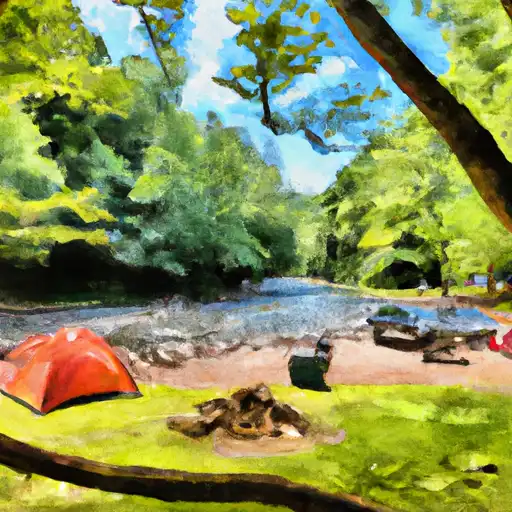 Gee Creek
Gee Creek
|
||
 Big Lost Creek
Big Lost Creek
|
||
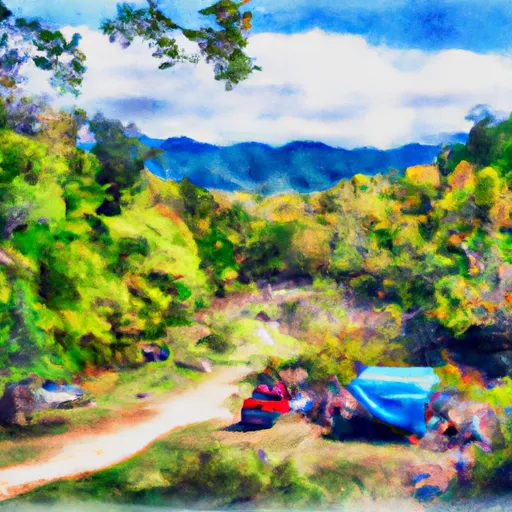 Lost Creek Campground
Lost Creek Campground
|
||
 Chilhowee Recreation Area
Chilhowee Recreation Area
|
||
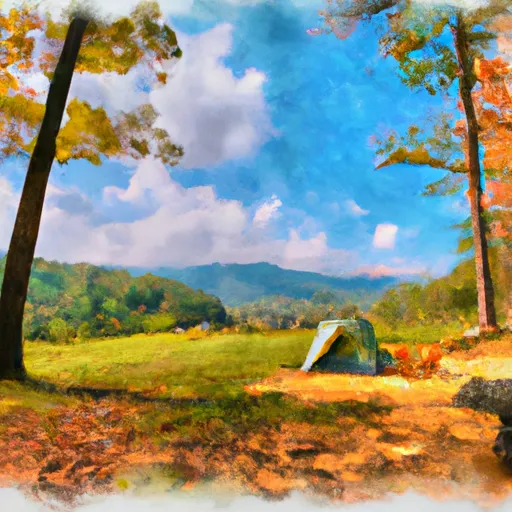 Chilhowee Rec Area
Chilhowee Rec Area
|

 Childers Creek Trailhead
Childers Creek Trailhead
 Big Bend
Big Bend
 McKamy Lake
McKamy Lake
 Delano Mill Pond
Delano Mill Pond
 Highway 30 5514, Benton
Highway 30 5514, Benton